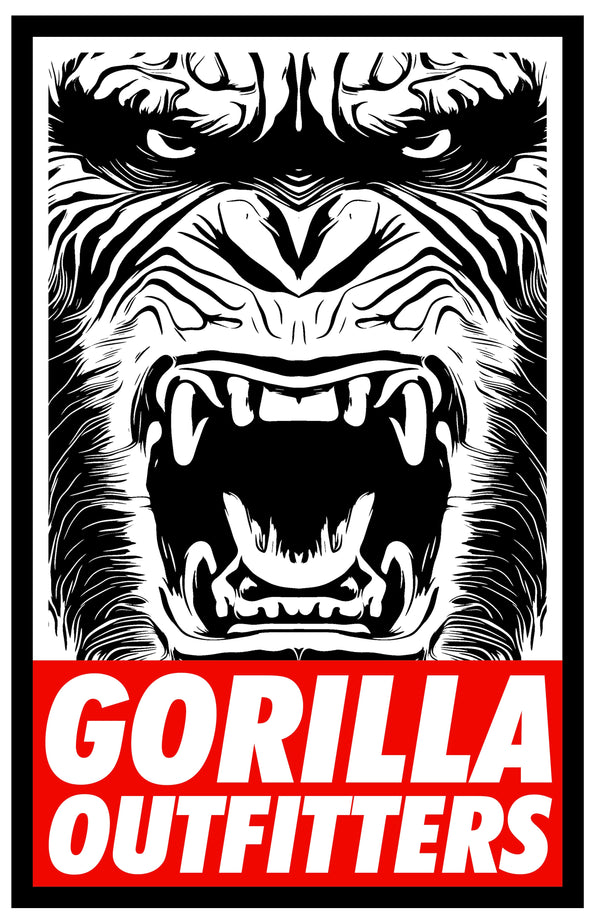
The Evolution of Japanese Type 1 Camouflage: A Historical Overview
Share
The Evolution of Japanese Type 1 Camouflage: A Historical Overview
The history of military camouflage is rich with innovation and adaptation, and Japan's foray into this field is no exception. Among the most notable of their designs is the "Type 1 Camouflage Uniform," a pattern that has not only served its functional purpose but also captured the interest of military enthusiasts and collectors around the world.
Introduction of the Type 1 Camouflage Uniform
Around 1965, Japan introduced its first contemporary camouflage pattern known as the "Type 1 Camouflage Uniform." This pattern marked a significant milestone in Japanese military apparel, featuring a distinctive blend of black, reddish-brown, and medium green woodland shapes set against a pale green background. Initially, this unique design was issued to members of the elite 1st Airborne Brigade, a unit renowned for its rigorous training and operational capabilities. The association with this prestigious unit added to the pattern's mystique and appeal.
Colloquial Names and Symbolism
Over the years, the Type 1 camouflage pattern has garnered several colloquial names within Japanese circles. It has been referred to as "Hokkaido" and "Northern" camouflage, names likely inspired by the regions where it was extensively used or tested. Another intriguing nickname is "Kunai" camouflage, possibly referencing a medieval Japanese trowel or hand-tool with a spike on one end, symbolizing the sharp, utilitarian nature of the pattern.
The Evolution: Early vs. Later Versions
By 1980, the Type 1 camouflage pattern saw a significant revision. The initial version, often dubbed the "gapped" pattern, featured noticeable gaps between some of the shapes, a characteristic that was not carried over to the later version. Closer examination reveals distinct differences in the shapes between the early and later iterations, indicating a thoughtful evolution of the design to enhance its effectiveness in various environments.
Adoption by Conventional Units
While the Type 1 pattern started with the 1st Airborne Brigade, by the early 1980s, its use had expanded to conventional Japanese ground units. This broader adoption underscored the pattern's versatility and effectiveness in diverse terrains across Japan.
Western Collectors and the "Fang" Pattern
Within Western military collecting circles, the Type 1 camouflage has earned the nickname "Fang" pattern. This moniker reflects the sharp, pointed shapes within the design, reminiscent of fangs or teeth, adding another layer of intrigue for collectors and historians alike.
The Transition to Dots Design
The Type 1 camouflage pattern remained in service until 1992, when it was succeeded by the "dots" design. This transition marked the end of an era for the Type 1 pattern, yet its legacy continues to live on through the collections and memories of military enthusiasts around the world.
Conclusion
The Type 1 Camouflage Uniform is more than just a piece of military fabric; it is a testament to Japan's innovation and adaptation in military gear design. Its unique blend of colors, symbolic names, and evolutionary journey from elite airborne units to conventional ground forces make it a fascinating subject for collectors and historians. As we continue to explore and appreciate military history, the Type 1 camouflage pattern stands out as a significant chapter in the story of camouflage development.
